Digital Camera World Verdict
If you’ve been struggling to find a gimbal that will carry a heavy payload then the Manfrotto MVG460 could be the answer. It enables you to perform smooth pans, tilts and tracking moves with your DSLR (or mirrorless kit), especially when the supplied tripod/handle is attached to the rear versatile arm for extra support. The main niggle we had was that balancing the camera could take a while and a few tweaks via the app were occasionally required to level the horizon before shooting.
Pros
- +
Supports up to 4.6kg
- +
Touch screen to change modes
- +
Manfrotto Gimbal app
- +
Rear handle for extra support
- +
Carry case
Cons
- -
Horizon not always level
- -
Doesn’t cable control Fujifilm cameras
Why you can trust Digital Camera World
The MVG460 is part of Manfrotto’s collection of 3-axis gimbals. It’s most similar in build and performance to the MVG220, though it can carry a heavier payload of 4.6 Kg (compared to the MVG220’s payload of 2.2 Kg). Despite being able to carry double the weight of the MVG220 the MVG460 only costs around £70 more, so if you want have extra lifting power then this is good value for money.
Reassuringly both gimbals are made for Manfrotto by FeiyuTech, which has a strong pedigree when it comes to creating high quality 3-axis gimbals. At 1.656kg the MVG460 is lighter than the Manfrotto 300XM gimbal (which weighs in at an arm-aching 2 Kg), but despite being lighter the MVG460 can carry a heavier payload than the 300XM (and is £200 cheaper).
Specifications
Weight: 1.656 Kg
Dimensions: 17.5 x 24 x 42.9 cm
Payload: 4.6 Kg
Tilting Angle: 230 °
Rolling Angle: 360 °
Panning Angle: 360 °
Battery Life: Up to 12 hours
Key features
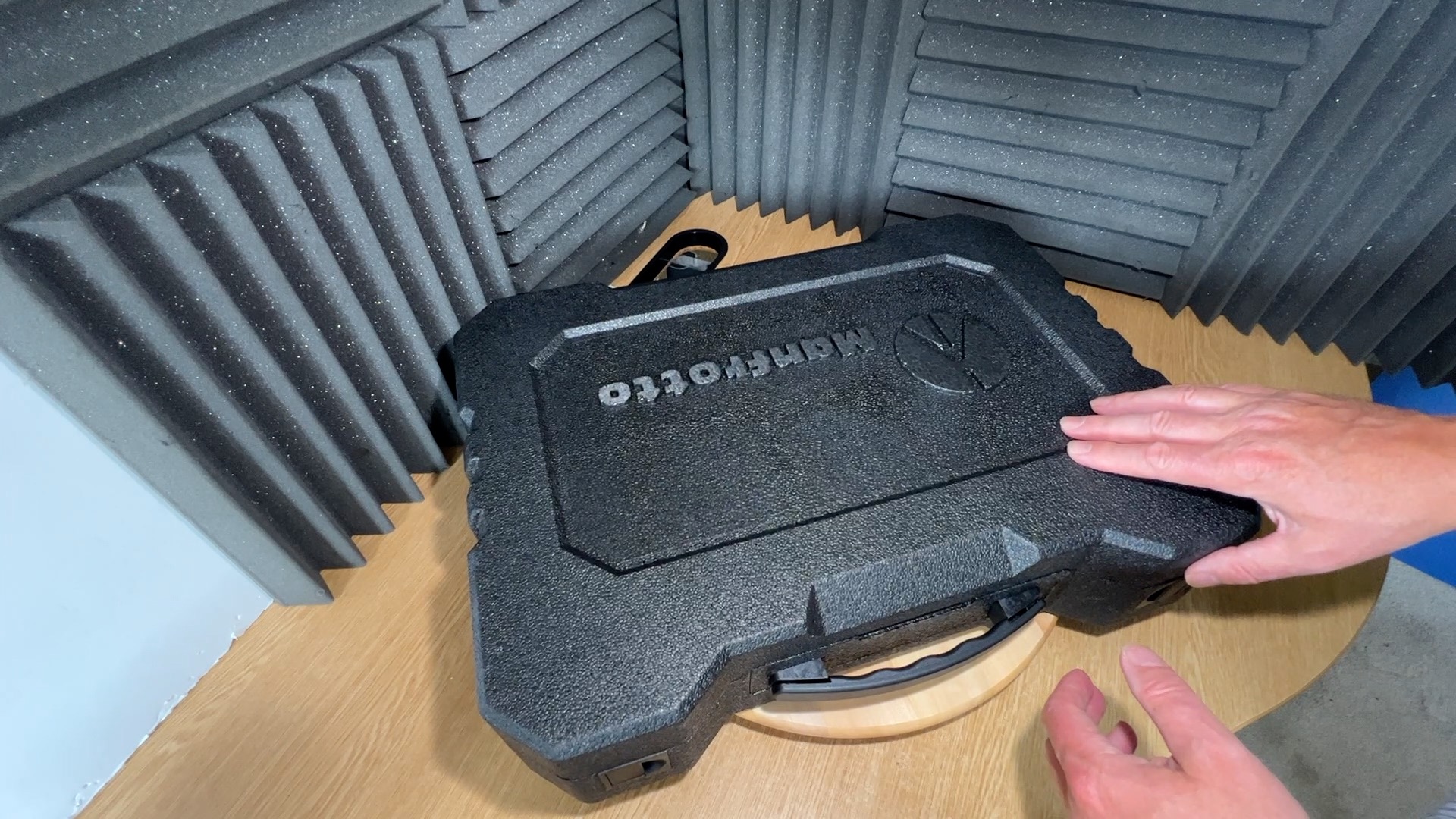
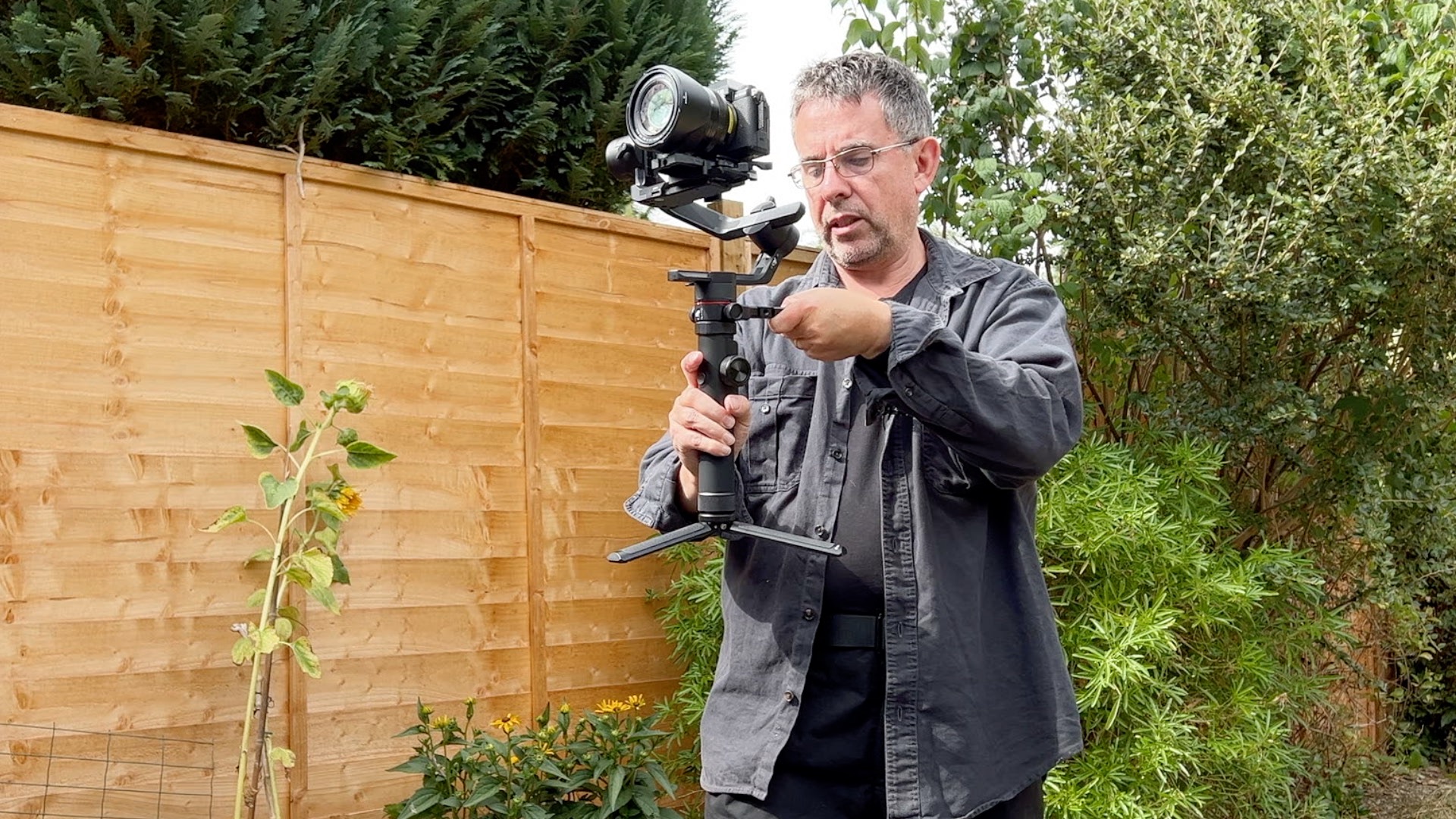
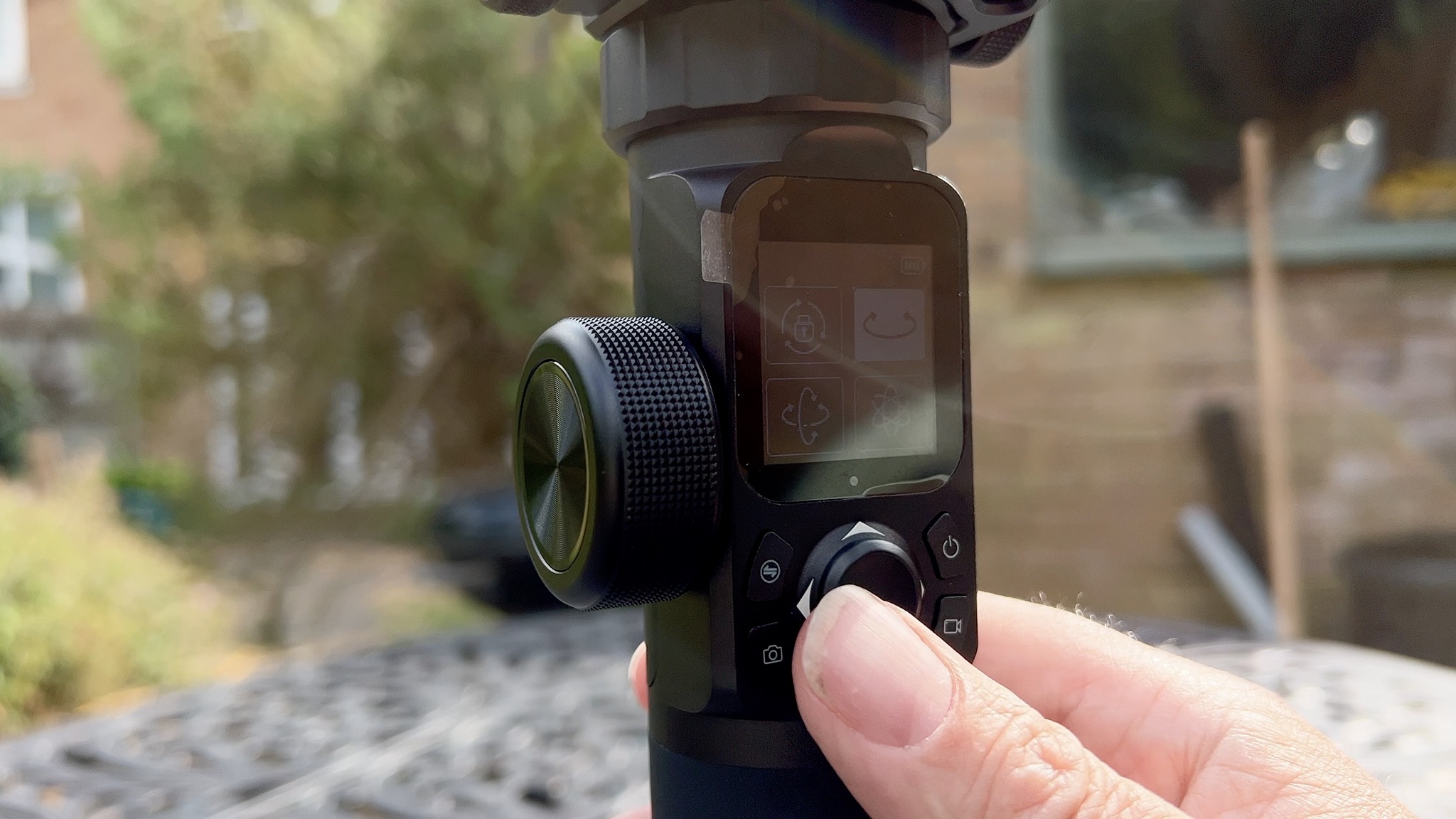
The lightweight but protective hard foam carry case contains a host of accessories to help you mount a camera on the gimbal, including a handy support bracket for long lenses. There’s a collection of clearly labelled cables to help you attach the gimbal to a range of cameras. These cables enable you to use a button on the gimbal to trigger video recordings. Sadly the Fujifilm X-S10 mirrorless camera that we used in our test was not supported by the MVG460 when it comes to cable control, but Canon, Nikon and Sony users should have more success.
This is not uncommon with gimbals, alas, as many only offer cable control for two or three main makers. Fortunately it was a simple matter to tap the X-S10’s video record button manually to record our test footage.
The MVG460 has a handy touch screen which enables you to adjust a host of properties, such as changing the mode from Pan to Follow or Lock. The joystick lets you use your finger to pan and tilt electronically and an additional knob provides and alternative way to tilt (though you can program this knob to perform other moves).
Unlike Manfrotto’s 300XM gimbal you have to charge the batteries of the MVG460 in a supplied external charger and then slide them into the gimbal’s handle. With the batteries at full charge your camera will run out of power doing before the gimbal does, as it can operate for up to 12 hours.
Build and handling
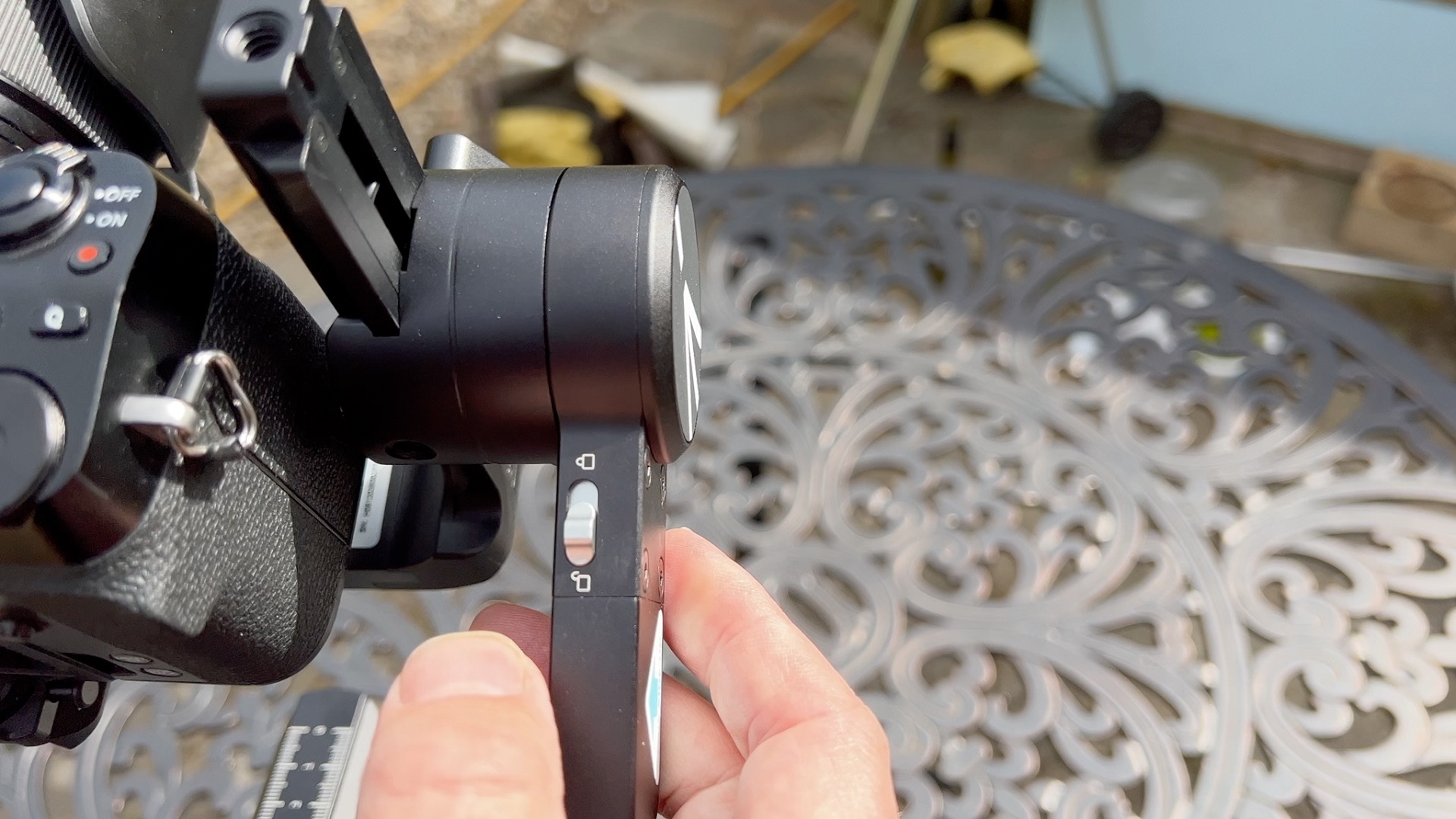
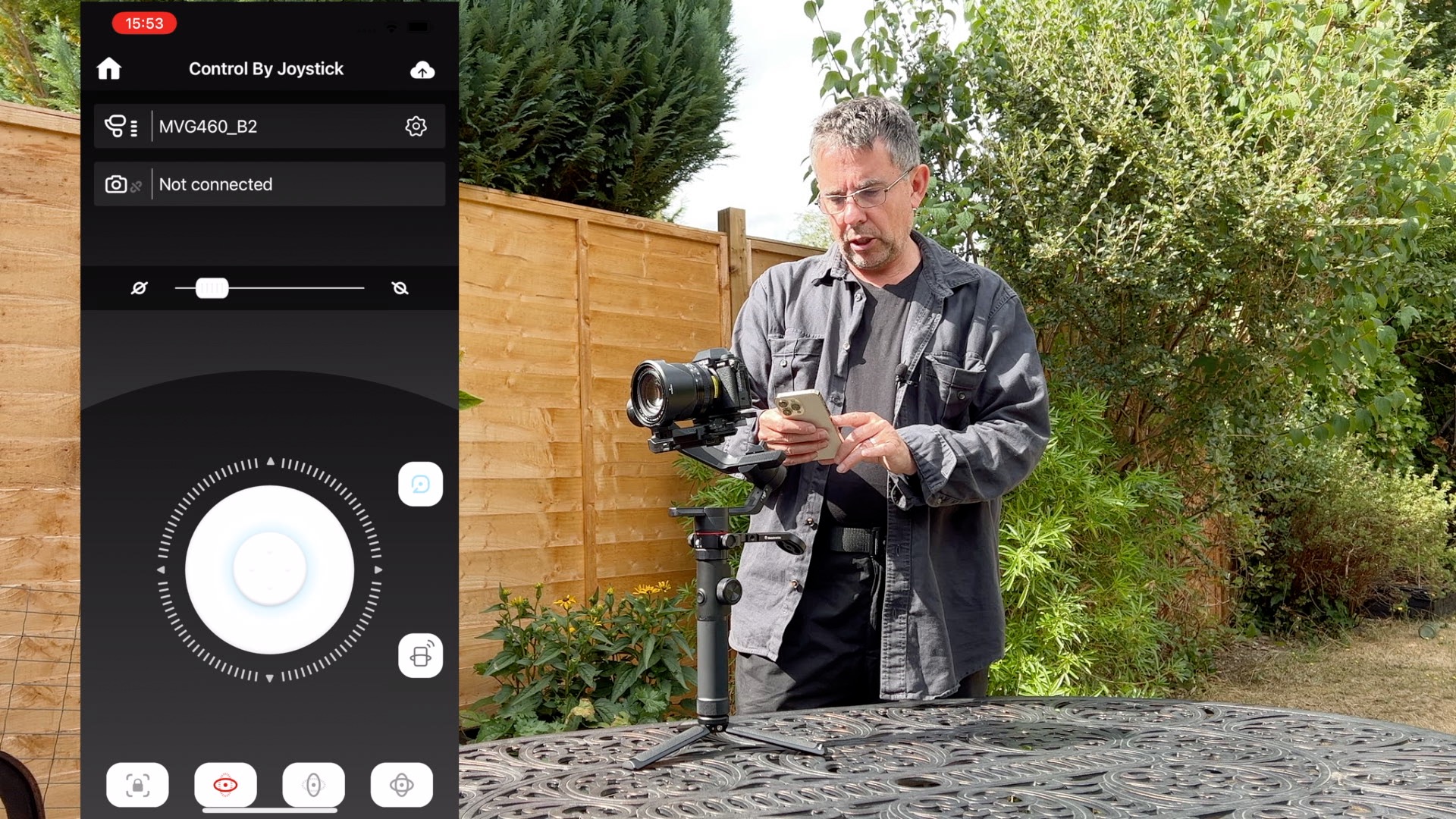

To help you manoeuvre the MVG460 with a heavy camera attached there’s a versatile arm that you can bolt to the rear of the gimbal. You can then attach the supplied tripod to the rear arm and use it as an additional support handle. In this configuration you can hold the main handle in one hand (and operate the joystick and touchscreen) while simultaneously supporting the gimbal via the rear handle. This also enables you to comfortably capture low angle shots.
The downside of using the tripod as an extra rear handle is the fact that you can’t rest the gimbal on the tripod when you’ve finished shooting (unless you unscrew the tripod from the rear arm and re-attach it to the main handle.)
As with most gimbals you can lock the tilt, pan and roll axes to protect them from being damaged when transporting the unit. We found that the roll axis lock would occasionally slide and become unlocked as we carried the gimbal around. This wasn’t a major issue and it was probably only a problem with the particular gimbal we were testing.
Performance
As you’ll see from our test footage the MVG460 enabled us to pan, tilt, track and crane our Fujifilm X-S10 smoothly and effectively. However we had to put in some time to get the gimbal to perform perfectly.
The balancing of the camera took a little longer than on some other gimbals. Unlike the DJI RS 3 Pro there is no balance test option that tells you if the roll, tilt or pan axes aren’t balanced correctly. You can calibrate the camera and MVG460 gimbal using an option in the touchscreen menu but even after a successful calibration the gimbal’s horizon would sometimes default to a slight tilt. Fortunately we could use the free Manfrotto Gimbal app to tweak the horizon to make it level before we started shooting.
Verdict
The MVG460 is a solid and reasonably priced gimbal that enables you to perform cinematic moves with a heavier DSLR or mirrorless camera payload. The slight horizontal tilt on the roll axis was initially annoying but we could counteract that using the Horizontal Calibration menu in the Manfrotto Gimbal app. The additional rear handle made the stabiliser easy to manoeuvre. We were disappointed that we couldn’t trigger our Fujifilm X-S10 to start and stop shooting using the gimbal’s buttons (but you should be fine with Canon, Nikon and Sony).
George has been freelancing as a photo fixing and creative tutorial writer since 2002, working for award winning titles such as Digital Camera, PhotoPlus, N-Photo and Practical Photoshop. He's expert in communicating the ins and outs of Photoshop and Lightroom, as well as producing video production tutorials on Final Cut Pro and iMovie for magazines such as iCreate and Mac Format. He also produces regular and exclusive Photoshop CC tutorials for his YouTube channel.


